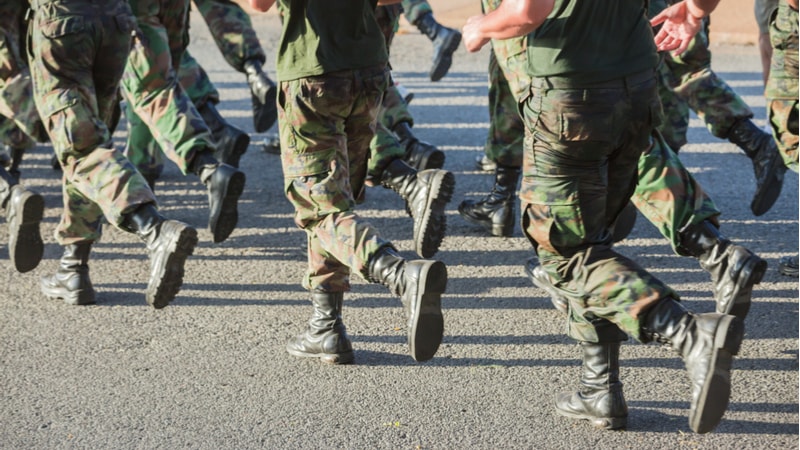
Tomorrow’s troops will draw on biotechnology and brain-computer interfaces, augmented reality headsets and adaptive camouflage, and other tools barely dreamt of by today’s soldiers. The U.S. Army Research Laboratory (ARL) continues to look broadly across the swath of technologies critical to supporting the Army today and in the future, according to ARL officials on September 8 at a Defense One webinar.
To navigate the vast technology at their disposal, Troy Alexander, chief at the ARL’s Technology Forecasting Office, said the ARL established a novel approach to develop technology forecasts, to look deep into the future, about 40 years into the future, to project how technology may evolve and mature.
“The value of the approach is to be able to assist senior leaders in making informed decisions on which technologies show promise and have the greatest value and the biggest bang for the buck for the warfighter,” Alexander said.
For example, artificial intelligence (AI) promises to develop integrated teams between intelligence systems and the warfighter, which enables soldiers to have a much longer and deeper reach and a stronger competitive advantage over adversaries. The value here of AI and how it starts to allow soldiers to do autonomy with platforms is that it starts to reduce the cognitive load on the warfighter. And it positions warfighters to have a much farther reach than they typically would have while working alone.
Arwen Decostanza, catalyst pathfinder program manager at the Strategic Partnerships Office for the ARL, recently led a large-scale collaborative research program focused on that future teaming in the Army.
“[The project] being really about soldiers and intelligence agents working together, like moving beyond agents or AI as a tool and thinking about how we are teaming, and what are the states and processes that we’ll need to for a more synergistic collective performance between those two,” Decostanza said.
But it’s crucial to start thinking about developing and extenuating more effective teaming constructs between the warfighter and control systems. As with any reliance on systems, there must be some level of trust, Decostanza added.
Additionally, Gabriella Larkin, a research psychologist at ARL, emphasized that science is at the core of any technological advancement. As agencies look forward to any technology advancement, it’s crucial not to get stuck on the problems they are trying to resolve today but on the challenges that may arise tomorrow.
“[We must] take a hard look at where our challenges are anticipated to be tomorrow to create a better future and deal with our adversaries. Science must be at the forefront of doing that,” Larkin said.
